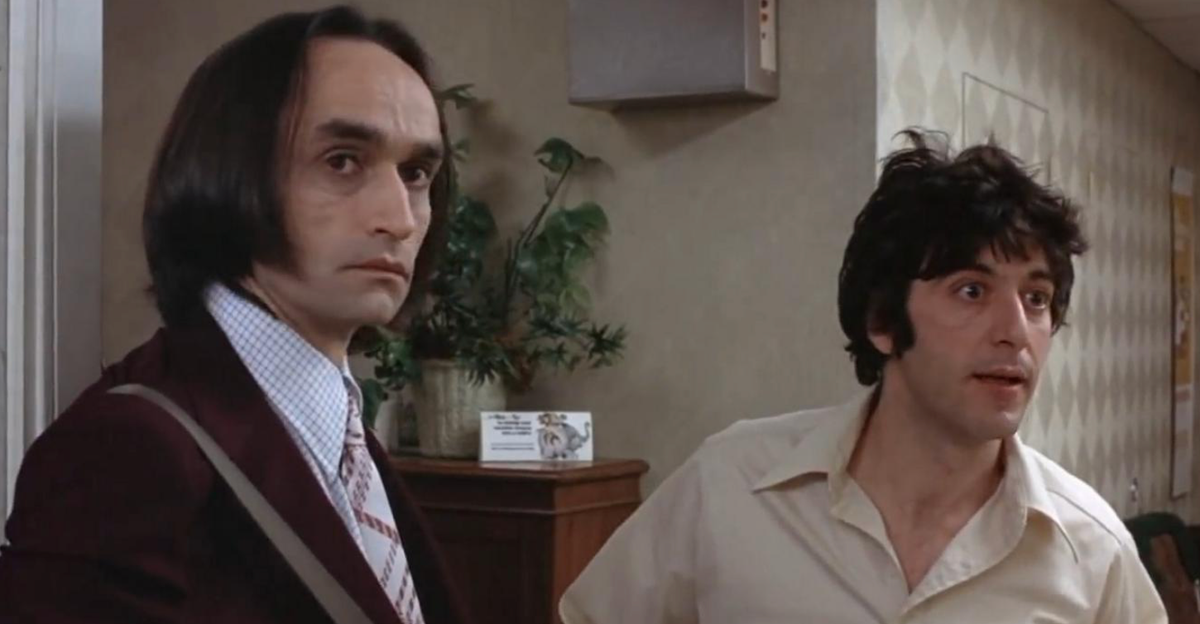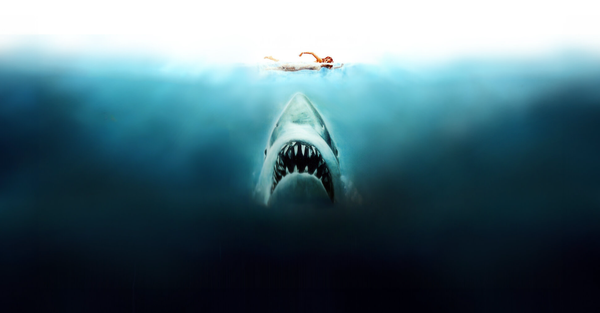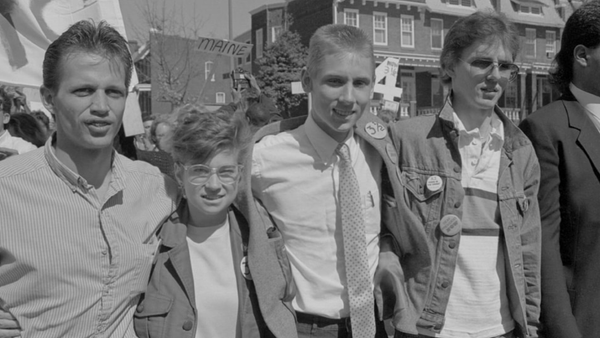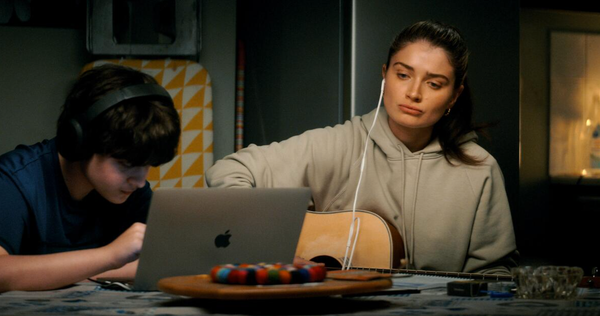As Dog Day Afternoon marks its 50th anniversary, Dora Matijević revisits the film that turned a botched Brooklyn bank robbery into one of cinema’s most memorable stories, and pays tribute to John Cazale, and the performances that defined his brief but bright career.
This raw, chaotic bank heist film captures a moment in American history and helped redefine what realism in cinema could look like. Al Pacino may have been front and centre of the production, but in the shadows stood John Cazale, playing Sal: twitchy, tragic, memorable. You may not necessarily know the name, but you’ve almost certainly seen the face. In just five films, Cazale built a legacy that outlasted his short life.
“Wyoming.”
That single word – improvised – sparked laughter on set and created unease on screen. When asked where he wanted the hijacked plane to take him, Cazale didn’t hesitate with his response: “Wyoming.”
Inspired by a real 1972 bank robbery, Dog Day Afternoon hit theatres at a time when America was still processing Vietnam, Watergate, and the Attica prison uprising. The film reflected the chaos of its era. Set over the course of one scorching summer afternoon in Brooklyn, the narrative unfolds almost in real time as a botched robbery turns into a hostage crisis and media circus. With themes of police brutality, queer identity, and the spectacle of live television, it felt radical for 1975.
Sidney Lumet’s direction gave Dog Day Afternoon a documentary-like immediacy. It was shot in sequence – rare for a film. Lumet stripped everything back: long takes, minimal editing, no score. The sounds of ringing phones, chanting crowds, and heavy breathing replaced a soundtrack.
Much of the dialogue was improvised. When Pacino’s Sonny made a desperate plea to the crowd, the result was chaos. An assistant director whispered into Pacino’s ear: “Say ‘Attica.’” That unscripted moment became one of the most iconic moments in film.
Cazale’s performance in Dog Day Afternoon is one of his most haunting. His character, Sal, has an intensity that builds throughout the film. The camera frequently cuts to his face, where sadness, fear, and a shadow of violence coexist. You believe he could kill someone. And yet, his awkward movements, outdated hairstyle, and confused demeanour bring a strange, disarming, almost comic energy.
The Tragic Comic
“Even in the funniest characters he played, there was always something tragic in them. And even in the most tragic characters, there was always something very funny,” said Meryl Streep, who would go on to be Cazale's partner.
John Cazale was born on 12th August 1935, in Revere, Massachusetts, to a homemaker, Cecilia, an Irish-American, and a wholesale coal salesman. He began studying drama in Ohio before transferring to Boston University, where his acting career took root on the stage. To support himself during those early days, he worked as a cab driver. Later, he moved to New York, where he got his first role in the Off-Broadway play J.B. by Archibald MacLeish at the Master Theatre in New York. For extra cash, he took on jobs as a photographer and a messenger for Standard Oil. There he met another struggling actor and soon-to-be friend, Al Pacino, who was immediately inspired. “All I wanted to do was work with John for the rest of my life,” Pacino would say.
In 1966, the two were cast in a play by Israel Horovitz, The Indian Wants the Bronx. Two years later, they reprised their roles at the Off-Broadway theatre, for which they both won awards. That same year Cazale won another award for his role in Horovitz’s play Line. He then joined the Long Wharf Theatre Company, where he appeared for the next three seasons in a number of productions.
His lone television appearance came in a 1968 episode of N.Y.P.D., but the stage remained his true home. In 1971, while reprising his role in Line alongside Richard Dreyfuss, Cazale caught a lucky break. Casting director Fred Roos was looking for talent for a new film with Francis Ford Coppola. He came to see Dreyfuss, but Cazale grabbed his attention. Roos ended up making him an offer he couldn’t refuse. That same year, The Godfather began shooting.
His good friend Pacino landed a role too. Although he had to fight for his – nearly getting fired every day – they got to work together on screen.
“You’re not cutting it.” The problem was that Pacino wasn’t what the studio wanted. They aimed for actors such as Warren Beatty and Robert De Niro. They approached Robert Redford, Dustin Hoffman, and Jack Nicholson, who all refused. Even James Caan was considered but ended up taking the role of Sonny, Michael’s hot-headed older brother. They thought Pacino was too quiet, too internal, and lacked presence. Coppola, however, believed in Pacino’s slow-burn approach and fought to keep him. It wasn’t until the famous restaurant assassination scene was filmed that the studio finally backed off.
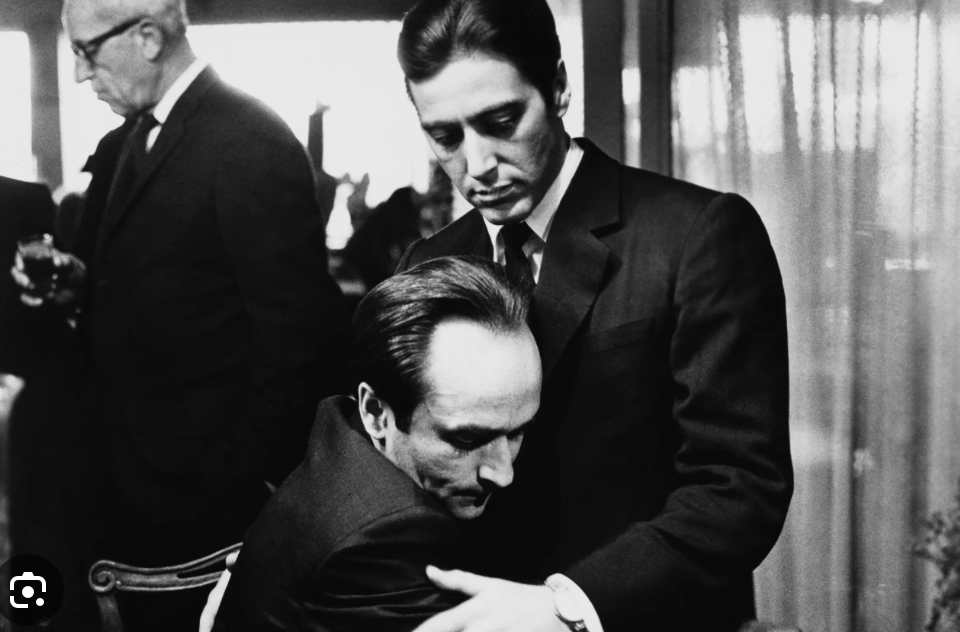
Coppola was so taken with Cazale that he wrote a role for him in his next film, The Conversation, starring Gene Hackman. He knew that even a simple supporting role would be elevated by Cazale – that he would make it his own. After the success of their first two collaborations, Coppola gave him more screen time in The Godfather Part II.
The scene where Fredo confesses to Michael is one of the most powerful in the film. Cazale remains seated the entire time, using just posture and voice to convey his character’s emotional collapse – something Coppola never imagined. It was a heartbreaking performance. He commented in Rediscovering John Cazale (2009): “The way Cazale used the chair. That chair was there, and you could slump in it and everything. But somehow, he used it to express what was the point in a way that I had never anticipated.”
Cazale never portrayed heroes. He played men who couldn’t keep up – fragile, even tragic in ways. “He became the character he was playing by asking questions,” said Pacino. “He taught me about asking questions and not having to answer them.” Streep commented how some directors used to call him “20 Questions.”
A Career Cut Short
When Pacino signed on for Dog Day Afternoon, he insisted on bringing Cazale along as his character’s sidekick. There was one slight problem, however: Cazale was about 20 years older than the character he was supposed to be playing. Still, at Pacino’s urging, Lumet agreed to meet with Cazale. After hearing one read, Lumet was convinced: Cazale was the right choice. Then, as a result, for the first – and only – time in his career, Cazale received a Golden Globe nomination for Best Supporting Actor. He didn’t win. But the performance was hailed as unforgettable.
For the next two years, Cazale returned to his first love – the theatre – where he would also meet his last. In 1976, while performing in Measure for Measure in Central Park, he met a young woman whom he described to Pacino as “the greatest actress in the history of the world.” That is how Meryl Streep met her first love. Over the next two years, they grew closer. She later said: “It was the specificity of him, his humanity and his curiosity about people. His compassion for people he was portraying, and responsibility he felt to a fictional character as if it were a real soul, that made him go that deep into his characters and do beautiful work.”
In 1977, he finally got his chance to star on Broadway in the lead role of Agamemnon. But after just the first preview, he had to back out and miss the opening night due to illness. Around that time, he was diagnosed with terminal lung cancer.
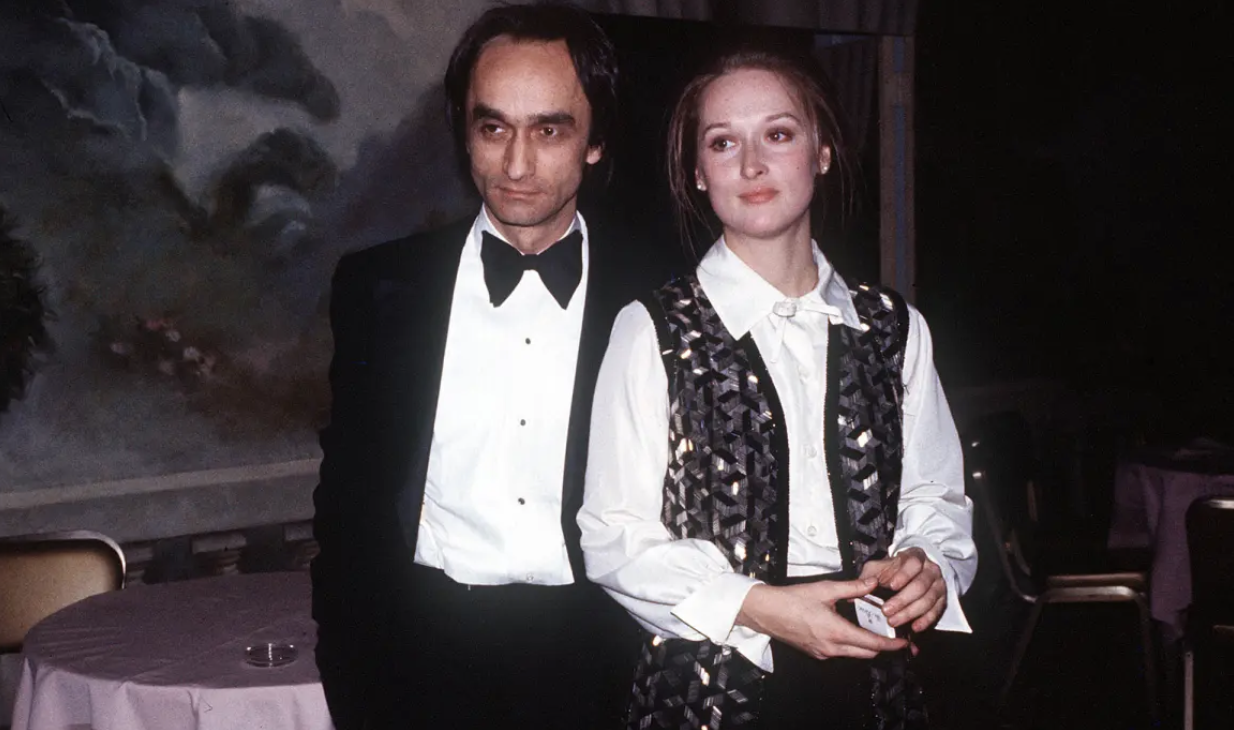
The Final Years
He took the news stoically, determined that he would beat it. Streep, then his partner, took a minor role in the film to stay close to him. The production agreed to shoot all of Cazale’s scenes first, before his condition worsened. However, when the studio discovered his diagnosis, they refused to insure him. When they considered recasting – and Streep threatened to quit – De Niro stepped in and personally paid Cazale’s insurance.
The set of The Deer Hunter was emotionally charged. Rumours spread that De Niro asked the director to load one live cartridge in the revolver during the Russian roulette scenes to heighten the intensity – though that claim remains unverified. Regardless, the stakes were real on screen and off. The film went on to receive nine Academy Award nominations and won five, including Best Picture.
Cazale didn’t live to see its success. He spent his final days with Streep, who never left his side or gave up hope. “We would talk about the process endlessly,” she said. “He was monomaniacal about the work; I was more glib and ready to pick the first idea that came to me. And he would say: there’s a lot of other possibilities. That was the real lesson I took to heart.”
How many actors can claim that every film they appeared in was nominated for Best Picture - and that three of them won? (The Conversation and The Godfather Part II were nominated in the same year.) Despite this remarkable record, Cazale received only two awards in his lifetime - both Obies, for his Off-Broadway performances in 1967 and 1968.
Though the film industry never quite recognised him in his lifetime, his influence runs deep – even when his time on screen was brief. Dog Day Afternoon was the last film he made and lived to see, the only one to earn him an award nomination, and his final on-screen performance alongside Pacino. In the end, Cazale left no interviews, no memoir, no comeback – only the characters he created, immortalised.
Dog Day Afternoon is available to stream online now.

